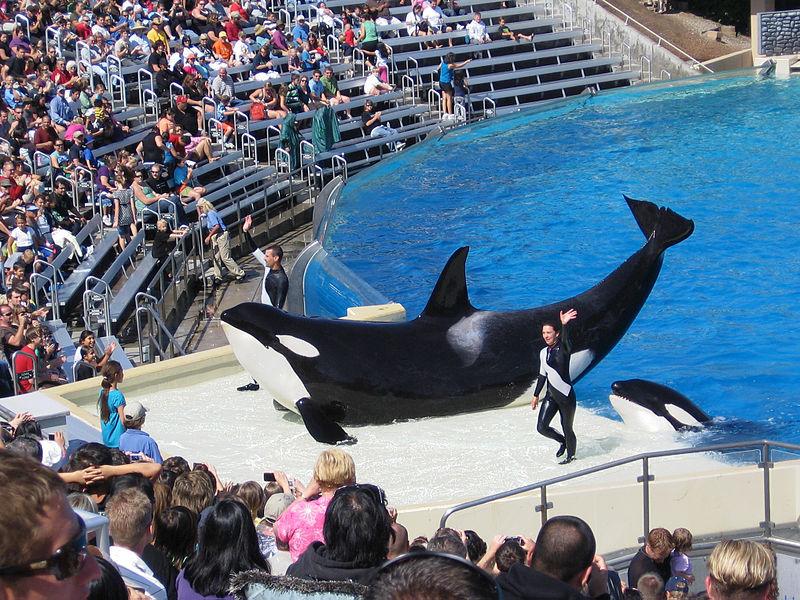Lawson: SeaWorld does care
March 22, 2016
SeaWorld once proudly boasted its orca breeding program. It had a lot of success with artificial insemination and was able to continuously produce new performers without having to capture orcas from the wild. SeaWorld announced in March 2016 that it would no longer breed orcas in its care, a decision that caught most off guard.
The critically-acclaimed documentary “Blackfish” was released in 2013 and showed the darker side of SeaWorld. The documentary interviewed former employees and received background information that was not very well-known.
After the release of “Blackfish,” the backlash toward SeaWorld took on an entire new face. PETA launched its SeaWorld of Hurt campaign, the Sea Shepherd started voicing its opinions of SeaWorld and numerous media sources began picking up stories about the theme park.
Once SeaWorld started losing revenue and attendance it launched a public relations campaign, SeaWorld Cares, to combat what was being said about the company.
The “Blackfish” bill was introduced in California in 2014, and SeaWorld San Diego risked losing its orcas. If the bill had been passed, SeaWorld San Diego would have been forced to end its breeding program and release or relocate the whales currently housed at its San Diego park. However, the suggested bill was not passed.
SeaWorld San Diego applied for a building permit in 2015 to expand its orca captivity. The proposed expansion would more than double the size of its current orca housing. The California Coastal Commission approved the expansion as long as SeaWorld ended its breeding program. SeaWorld naturally disagreed with this decision and began to make comments about it.
Here is the real game changer: SeaWorld announced Thursday that the current generation of orcas in its care would be its last. SeaWorld will formally end its breeding program.
I don’t think anyone saw this coming. Announcing the end of its breeding program doesn’t mean orcas will no longer be imprisoned within SeaWorld’s concrete walls, but an artificial insemination program will no longer continue to keep the tanks full.
SeaWorld has not released any information about retiring the whales it currently has in its custody. It would be nice to hear that the whales, which have been SeaWorld’s bread and butter for years, will be moved to better places and able to free again, but I don’t foresee that happening.
SeaWorld still has plans to expand its facility in San Diego. The new orca enclosure will be for educational purposes instead of for entertainment. SeaWorld announced in 2015 that it would be ending its orca entertainment shows at its San Diego park.
I’m overwhelmed with joy by the news that a breeding program will no longer exist at any SeaWorld. I think it is the best thing for SeaWorld and for the animals. The announcement of the end of the breeding program means the tanks will at some point be empty.
Empty tanks is the goal; it is what the activists have been fighting for all these years. Unfortunately, I don’t think this process will move quickly. It seems more fitting that SeaWorld will try and hold onto its whales as long as possible.
SeaWorld could retire its whales and attempt to rehabilitate them in the same the way Keiko was. Some of these whales have a real chance of being released into the wild, and those that don’t should be allowed to live out their days in sea pens.
This news is great for the whales at SeaWorld, but I think it also gives hope for Lolita, an orca that is still housed alone in an illegal-sized pool in Florida. Maybe the announcement that SeaWorld is attempting to reform will encourage the Miami Seaquarium to do the same and release Lolita into the wild.
These animals deserve better lives than swimming in endless circles and living lonely lives. SeaWorld is realizing it cannot win. I don’t think this decision was based on morality. I think SeaWorld realized it can save its product while compromising one of its evils. Either way, this is a huge win for the animals at SeaWorld.
















